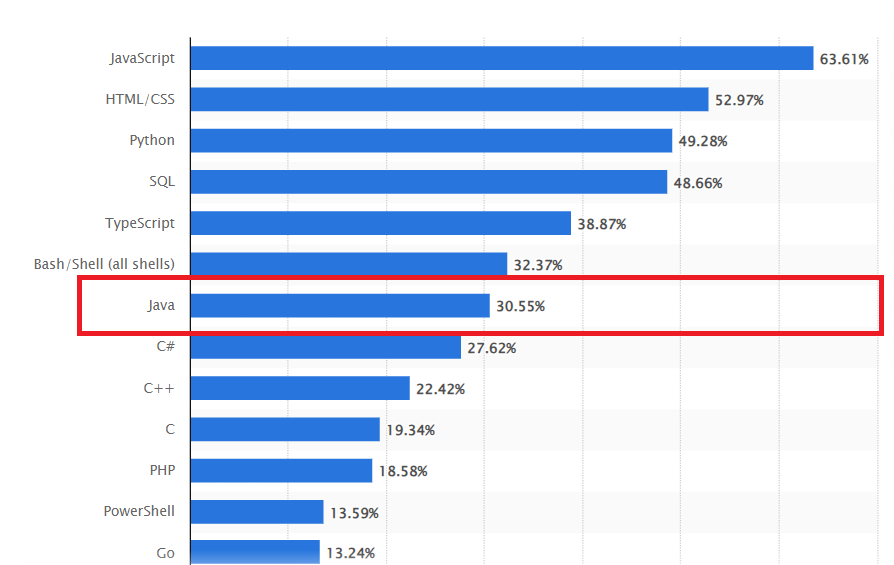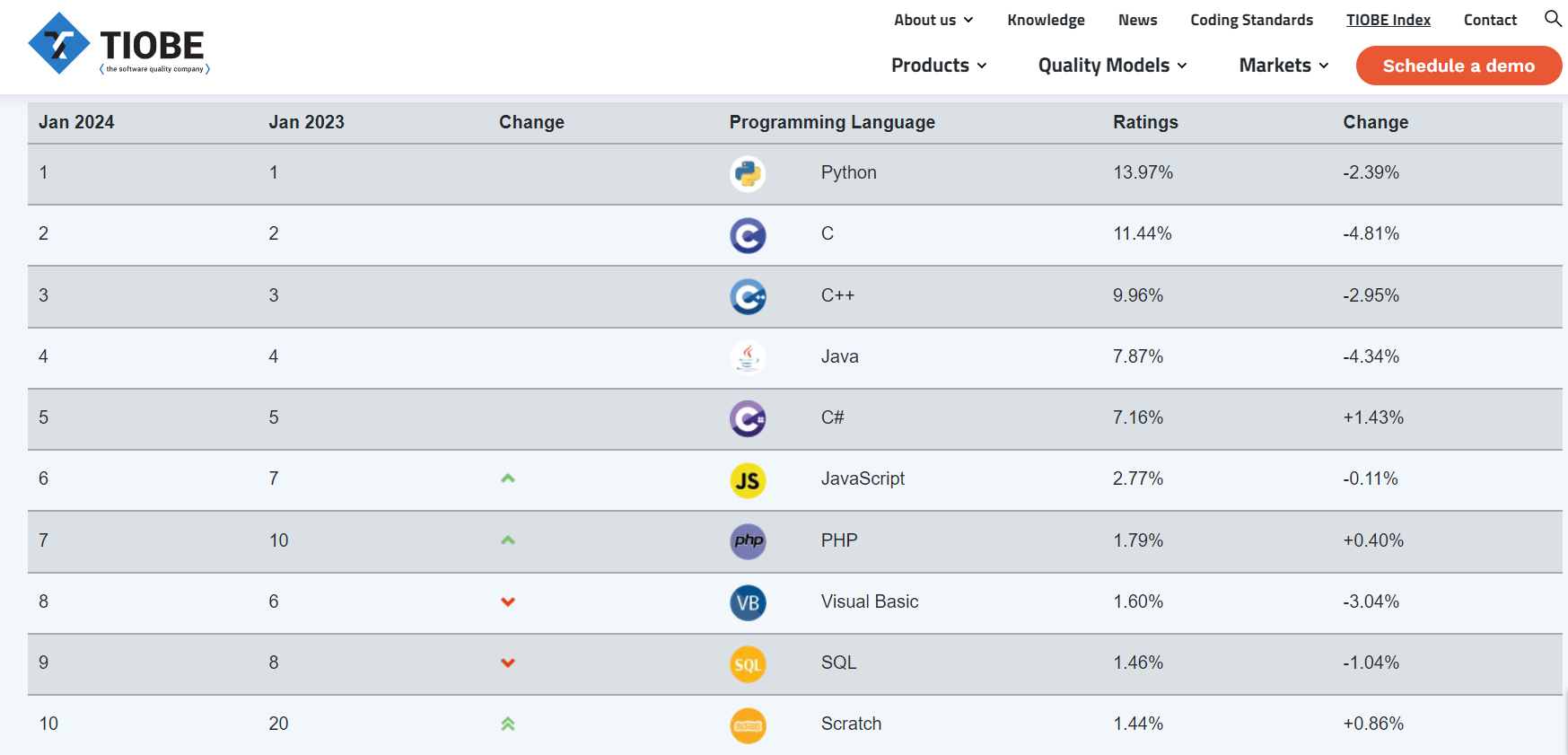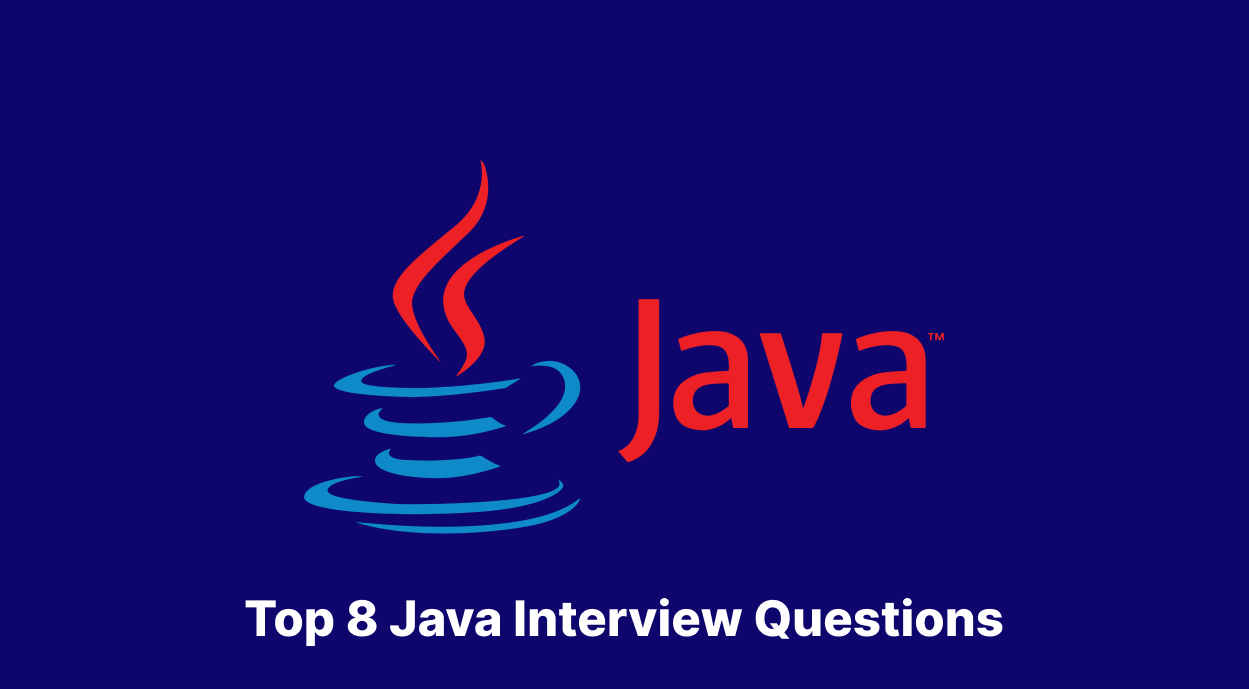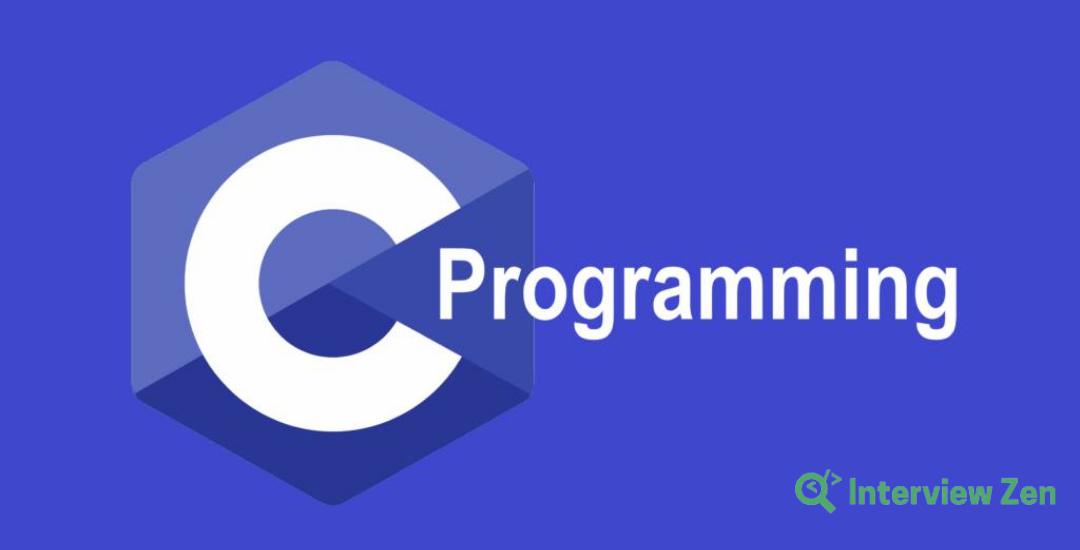Introduction
Since its inception in the mid-1990s, Java has firmly established itself as a cornerstone in the world of software development. Renowned for its portability, robustness, and security features, Java has become a go-to language for many applications – from web development to mobile applications and large-scale enterprise systems.
Its platform-independent nature, enabled by the Java Virtual Machine (JVM), makes it an exceptionally versatile language suitable for cross-platform development. This adaptability ensures that Java remains relevant in an ever-evolving technological landscape.
According to Statista, Java is the 7th (30.55%) most-used programming language among developers worldwide in 2024. This statistic shows Java’s continued relevance and importance in the tech industry, making the role of hiring managers in selecting the right Java talent more critical than ever.

This article is designed as a comprehensive guide for hiring managers, technical recruiters, and anyone involved in the process of interviewing Java developers. In this article, we will explore the top 8 Java interview questions every hiring manager should ask. These questions are carefully selected to test various aspects of a candidate’s technical ability in Java.
What is Java?
Java, a powerful and versatile programming language, was developed by James Gosling at Sun Microsystems. After its development, Java was officially released by Sun Microsystems in 1995, and it was later acquired by Oracle Corporation. This release marked the beginning of a new era in programming languages, emphasizing portability and efficiency.
According to the TIOBE Index, Java ranks 4th most popular programming language worldwide in 2024. This high ranking reflects Java’s robustness and versatility, making it a preferred choice for various programming needs.

Over the years, it has become one of the most widely used programming languages in the world, known for its portability, robustness, and security features. According to a report by Oracle, 69% of full-time developers globally use Java, and 51 billion active Java Virtual Machines (JVMs) are deployed worldwide.
Key Features of Java
- Platform Independence: Java applications are compiled to bytecode that can run on any Java Virtual Machine (JVM), making Java ideal for cross-platform applications. This feature is often summarized as “write once, run anywhere” (WORA).
- Object-Oriented Programming (OOP): Java is based on OOP principles, allowing for modular programming and reusable code. This makes Java applications easy to manage and scale, especially in large-scale projects.
- Robust Security Features: Java provides several security features in its runtime environment, offering protection against various security threats. Its memory management, including garbage collection and automatic memory allocation, helps prevent common programming errors like memory leaks.
- Rich API: Java offers an extensive set of APIs providing a wide range of utilities and tools, from basic data structures and networking to complex functionalities like GUI development and web services.
- Strong Memory Management: Java’s memory management system, with features like garbage collection, helps manage memory efficiently, enhancing the performance and reliability of applications.
- Large Ecosystem: Java has a vibrant community and a vast ecosystem of libraries and frameworks, offering versatile solutions for various software development projects, including web applications, mobile apps, enterprise systems, and IoT environments.
- Scalability: Java’s design makes it suitable for scalable applications, an essential feature for modern enterprise systems that need to handle growing amounts of data and users.
- High Performance: With features like Just-In-Time (JIT) compilation, Java offers high performance, making it suitable for high-load applications and backend systems.
Popular Companies Using Java
According to Web Tech Survey, there are 666,384 live websites that are using Java. This statistic highlights Java’s versatility and its application in developing robust, scalable web applications.

Several top-tier and globally recognized companies use Java for various aspects of their operations, particularly in their software development projects.
Here’s a list of some of the most famous companies known for utilizing Java:
- Google: Google uses Java for a variety of backend services and also for building Android apps, as Java is the primary language for Android development.
- Twitter (now X): Initially renowned for its use of Ruby on Rails, Twitter (now X) shifted to Java for many of its core backend systems. This transition was driven by Java’s scalability and performance capabilities, which are essential for handling the high volume of data and traffic on the platform.
- Amazon: Java is extensively used in Amazon’s vast e-commerce platform, especially in building and managing their backend services.
- Netflix: Netflix relies on Java for its backend services, especially for its high-demand streaming service, data processing, and real-time business operational needs.
- LinkedIn: This professional networking site uses Java for various backend services, contributing to handling its massive data and user traffic.
- eBay: eBay utilizes Java in its server-side applications, making it a key component in managing its online auction and e-commerce platform.
- Uber: Java is used in several components of Uber’s backend systems, which are essential for its global ride-sharing and food delivery services.
- Salesforce: As a leader in customer relationship management (CRM) software, Salesforce uses Java for various aspects of its cloud-based applications.
- Airbnb: Airbnb, a leading marketplace for lodging and tourism activities, employs Java for server-side services and application logic.
Top 8 Java Interview Questions
Let’s explore the top Java 8 interview questions:
1. Array Transformation
| Task | Write a Java program that transforms an array of integers by replacing each element with the product of all other elements in the array without using division. |
| Input Format | An array of integers. |
| Constraints |
|
| Output Format | An array of integers, where each element is the product of all other elements in the original array. |
| Sample Input | [1, 2, 3, 4] |
| Output | [24, 12, 8, 6] |
Suggested Answer
| public class ArrayTransformation {
public static int[] transformArray(int[] inputArray) { int[] productArray = new int[inputArray.length]; int leftProduct = 1, rightProduct = 1; // Initialize the product array with 1s for (int i = 0; i < inputArray.length; i++) { productArray[i] = 1; } // Compute the product of elements to the left of each element for (int i = 0; i < inputArray.length; i++) { productArray[i] = leftProduct; leftProduct *= inputArray[i]; } // Compute the product of elements to the right of each element for (int i = inputArray.length – 1; i >= 0; i–) { productArray[i] *= rightProduct; rightProduct *= inputArray[i]; } return productArray; } public static void main(String[] args) { int[] sampleInput = {1, 2, 3, 4}; int[] transformedArray = transformArray(sampleInput);
// Printing the transformed array for (int value : transformedArray) { System.out.print(value + ” “); } } } |
Code Explanation
The solution involves two passes through the array. In the first pass, we calculate the product of all elements to the left of each element. In the second pass, we calculate the product of all elements to the right. By multiplying these two products, we get the desired result for each element.
This method avoids using division, handles arrays with any number of elements, and maintains a time complexity of O(n), where n is the number of elements in the array. The space complexity is also kept to O(n) due to the additional array for storing the products.
| Common Mistakes to Watch Out For |
|
| Follow-ups |
|
| What the question tests |
This question assesses the candidate’s problem-solving skills, understanding of arrays, and ability to think through the implications of constraints and optimizations. |
2. Implementing a Custom String Compression Algorithm
| Task | Write a Java program that implements a custom string compression algorithm. The compression should replace consecutive repeated characters in a string with the character followed by the count of repetitions. |
| Input Format | A string consisting of letters only. |
| Constraints |
|
| Output Format | A compressed string where consecutive repeated characters are replaced by a single character and its count. |
| Sample Input | “aaabbcc” |
| Output | “a3b2c2” |
Suggested Answer
| public class StringCompression {
public static String compressString(String input) { if (input == null || input.isEmpty()) { return input; } StringBuilder compressed = new StringBuilder(); int count = 1; for (int i = 1; i < input.length(); i++) { if (input.charAt(i) == input.charAt(i – 1)) { count++; } else { compressed.append(input.charAt(i – 1)).append(count); count = 1; // Reset count } } // Append last set of characters compressed.append(input.charAt(input.length() – 1)).append(count); return compressed.toString(); } public static void main(String[] args) { String sampleInput = “aaabbcc”; String compressedString = compressString(sampleInput); System.out.println(compressedString); } } |
Code Explanation
The solution iterates through the string, comparing each character with the previous one. If they are the same, it increments a counter. When a different character is encountered, it appends the previous character and its count to a StringBuilder.
Finally, it handles the last set of characters after the loop. This method ensures O(n) time complexity, where n is the length of the string.
| Common Mistakes to Watch Out For |
|
| Follow-ups |
|
| What the question tests |
This question assesses the candidate’s proficiency in handling strings, their efficiency in writing algorithms, and their ability to manage special cases in data. |
3. Balancing Brackets in a String
| Task | Write a Java method to check if a string containing brackets (parentheses, square brackets, and curly brackets) is balanced. A string is balanced if all opening brackets have a corresponding closing bracket in the correct order. |
| Input Format | A string consisting of brackets – (), {}, [] – and possibly other characters. |
| Constraints |
|
| Output Format | Return true if the string is balanced and false if it is not. |
| Sample Input | {[()]} is a balanced string. |
| Output | true |
Suggested Answer
| import java.util.Stack;
public class BracketBalancer { public static boolean isBalanced(String str) { Stack<Character> stack = new Stack<>(); for (char ch : str.toCharArray()) { if (ch == ‘(‘ || ch == ‘{‘ || ch == ‘[‘) { stack.push(ch); } else if (ch == ‘)’ || ch == ‘}’ || ch == ‘]’) { if (stack.isEmpty()) { return false; } char last = stack.pop(); if (!isMatchingPair(last, ch)) { return false; } } } return stack.isEmpty(); } private static boolean isMatchingPair(char opening, char closing) { return (opening == ‘(‘ && closing == ‘)’) || (opening == ‘{‘ && closing == ‘}’) || (opening == ‘[‘ && closing == ‘]’); } public static void main(String[] args) { String sampleInput = “{[()]} is a balanced string.”; System.out.println(isBalanced(sampleInput)); } } |
Code Explanation
The isBalanced method iterates through each character of the string. For every opening bracket, it pushes it onto the stack. For every closing bracket, it checks whether the stack is empty or if the top of the stack is the corresponding opening bracket.
The method returns true if the stack is empty at the end (all brackets are balanced) and false otherwise. The helper method isMatchingPair is used to check if a pair of brackets match. This approach ensures that the function correctly handles all types of brackets and their order in the string.
| Common Mistakes to Watch Out For |
|
| Follow-ups |
|
| What the question tests |
This question evaluates the candidate’s understanding of stacks, their skill in handling complex string manipulations, and logical thinking in maintaining order and structure. |
4. Finding the Longest Palindromic Substring
| Task | Write a Java program to find the longest palindromic substring in a given string. A palindrome is a string that reads the same forward and backward. |
| Input Format | A single string. |
| Constraints |
|
| Output Format | The longest palindromic substring is found in the input string. |
| Sample Input | forgeeksskeegfor |
| Output | geeksskeeg |
Suggested Answer
| public class LongestPalindromicSubstring {
public static String longestPalindrome(String s) { if (s == null || s.length() < 1) { return “”; } int start = 0, end = 0; for (int i = 0; i < s.length(); i++) { int len1 = expandFromMiddle(s, i, i); int len2 = expandFromMiddle(s, i, i + 1); int len = Math.max(len1, len2); if (len > end – start) { start = i – (len – 1) / 2; end = i + len / 2; } } return s.substring(start, end + 1); } private static int expandFromMiddle(String s, int left, int right) { while (left >= 0 && right < s.length() && s.charAt(left) == s.charAt(right)) { left–; right++; } return right – left – 1; } public static void main(String[] args) { String sampleInput = “forgeeksskeegfor”; System.out.println(longestPalindrome(sampleInput)); } } |
Code Explanation
The solution involves expanding around each character (and each pair of characters) to find the longest palindrome. The expandFromMiddle method checks for palindromes and returns their length. The longestPalindrome method uses this helper to find the longest palindromic substring. This approach ensures that the program efficiently finds the longest palindrome with a time complexity of O(n^2), where n is the length of the string.
| Common Mistakes to Watch Out For |
|
| Follow-ups |
|
| What the question tests |
This question tests the candidate’s ability to implement advanced string processing algorithms and optimize their solutions for complex problems. |
5. Implementing a Custom HashMap
| Task | Write a Java program to implement a basic HashMap from scratch. Your custom HashMap should support basic operations like put(key, value), get(key), and remove(key). |
| Input Format | Commands to put, get, and remove elements and their respective keys and values. |
| Constraints |
|
| Output Format | Output based on the operation: value for get(key), status message for put(key, value), and remove(key). |
| Sample Input | put(1, 100)
get(1) remove(1) get(1) |
| Output | null (after the first put since it’s a new entry)
100 (value associated with key 1) Key removed null (since key 1 has been removed) |
Suggested Answer
| class CustomHashMap {
private class Entry { int key; int value; Entry(int key, int value) { this.key = key; this.value = value; } } private Entry[] table; private static final int CAPACITY = 100; public CustomHashMap() { table = new Entry[CAPACITY]; } public void put(int key, int value) { int index = key % CAPACITY; table[index] = new Entry(key, value); } public Integer get(int key) { int index = key % CAPACITY; if (table[index] != null && table[index].key == key) { return table[index].value; } return null; } public void remove(int key) { int index = key % CAPACITY; if (table[index] != null && table[index].key == key) { table[index] = null; } } public static void main(String[] args) { CustomHashMap map = new CustomHashMap(); map.put(1, 100); System.out.println(map.get(1)); // Should print 100 map.remove(1); System.out.println(map.get(1)); // Should print null } } |
Code Explanation
This custom HashMap implementation uses an array of Entry objects, where each Entry holds a key and a value. The put method places an Entry at an index calculated by the key’s hash. The get method retrieves the value associated with a key, and the remove method removes the entry associated with a key. This basic implementation does not handle collisions or resizing, which are important features in a complete HashMap implementation.
| Common Mistakes to Watch Out For |
|
| Follow-ups |
|
| What the question tests |
This question examines the candidate’s foundational knowledge of data structures, their implementation skills, and their understanding of hashing mechanisms. |
6. Multithreading with Producer-Consumer Problem
| Task | Implement a Java program to solve the Producer-Consumer problem using multithreading. The producer should generate data and put it into a shared buffer, while the consumer should take data from the buffer. Ensure thread safety and avoid deadlock. |
| Input Format | It is not applicable as the program will generate and consume data internally. |
| Constraints |
|
| Output Format | Display messages when the producer adds data to the buffer and when the consumer takes data from the buffer. |
| Sample Input | Producer produced: 1
Consumer consumed: 1 Producer produced: 2 Consumer consumed: 2 … |
Suggested Answer
| import java.util.LinkedList;
import java.util.Queue; public class ProducerConsumerProblem { private static final int CAPACITY = 10; private final Queue<Integer> queue = new LinkedList<>(); class Producer implements Runnable { public void run() { int value = 0; while (true) { synchronized (queue) { while (queue.size() == CAPACITY) { try { queue.wait(); } catch (InterruptedException e) { e.printStackTrace(); } } queue.add(value); System.out.println(“Producer produced: ” + value); value++; queue.notifyAll(); } } } } class Consumer implements Runnable { public void run() { while (true) { synchronized (queue) { while (queue.isEmpty()) { try { queue.wait(); } catch (InterruptedException e) { e.printStackTrace(); } } int value = queue.remove(); System.out.println(“Consumer consumed: ” + value); queue.notifyAll(); } } } } public static void main(String[] args) { ProducerConsumerProblem problem = new ProducerConsumerProblem(); Thread producerThread = new Thread(problem.new Producer()); Thread consumerThread = new Thread(problem.new Consumer()); producerThread.start(); consumerThread.start(); } } |
Code Explanation
The program creates a producer and consumer with a common buffer (a LinkedList). Both the producer and consumer run in infinite loops, producing or consuming integers. Synchronization on the shared queue ensures that the producer waits if the queue is full and the consumer waits if the queue is empty.
The notifyAll() method is used after each produce or consume action to wake up threads waiting on the queue’s monitor. This solution demonstrates basic inter-thread communication and synchronization in Java.
| Common Mistakes to Watch Out For |
|
| Follow-ups |
|
| What the question tests |
This question assesses the candidate’s expertise in managing multiple threads, ensuring thread safety, and handling synchronization complexities. |
7. Designing a Least Recently Used (LRU) Cache
| Task | Implement a Java program to design a Least Recently Used (LRU) cache system. The cache should support operations to get and put values with keys. When the cache reaches its capacity, it should invalidate the least recently used item before inserting a new item. |
| Input Format | Operations on the cache, such as putting key-value pairs and getting values by keys. |
| Constraints |
|
| Output Format | Output the value for a get operation and the status of the cache for put operations. |
| Sample Input | put(1, 100)
put(2, 200) get(1) put(3, 300) // Evicts key 2 get(2) // Returns -1 (not found) |
| Output | 100 (after get(1))
-1 (after get(2)) |
Suggested Answer
| import java.util.HashMap;
class LRUCache { private static class Node { int key, value; Node prev, next; Node(int key, int value) { this.key = key; this.value = value; } } private final int capacity; private final HashMap<Integer, Node> map; private final Node head, tail; public LRUCache(int capacity) { this.capacity = capacity; map = new HashMap<>(); head = new Node(0, 0); tail = new Node(0, 0); head.next = tail; tail.prev = head; } public int get(int key) { if (map.containsKey(key)) { Node node = map.get(key); remove(node); insert(node); return node.value; } return -1; } public void put(int key, int value) { if (map.containsKey(key)) { remove(map.get(key)); } else if (map.size() == capacity) { remove(tail.prev); } insert(new Node(key, value)); } private void insert(Node node) { map.put(node.key, node); Node after = head.next; head.next = node; node.prev = head; node.next = after; after.prev = node; } private void remove(Node node) { map.remove(node.key); node.prev.next = node.next; node.next.prev = node.prev; } public static void main(String[] args) { LRUCache cache = new LRUCache(2); cache.put(1, 100); cache.put(2, 200); System.out.println(cache.get(1)); // prints 100 cache.put(3, 300); // evicts key 2 System.out.println(cache.get(2)); // prints -1 } } |
Code Explanation
The LRUCache class uses a HashMap to store keys and nodes (as values) and a doubly linked list to maintain the order of the nodes. The get method moves the accessed node to the front of the list (making it the most recently used), and the put method inserts a new node at the front or removes the least recently used node if the capacity is reached.
This implementation ensures O(1) time complexity for both get and put operations, adhering to the LRU cache mechanism.
| Common Mistakes to Watch Out For |
|
| Follow-ups |
|
| What the question tests |
This question tests the candidate’s ability to implement complex algorithms, manage data efficiently, and apply design patterns in practical scenarios. |
8. Implementing a Fibonacci Series Calculator with Memoization
| Task | Write a Java program to calculate the nth Fibonacci number. Implement memoization to optimize the recursive solution for calculating Fibonacci numbers. |
| Input Format | An integer n represents the nth Fibonacci number to be calculated. |
| Constraints |
|
| Output Format | The nth Fibonacci number. |
| Sample Input | 7 |
| Output | 13 |
Suggested Answer
| public class FibonacciCalculator {
private static long[] memo; public static long fibonacci(int n) { if (memo == null) { memo = new long[n + 1]; } if (n <= 1) { return n; } if (memo[n] != 0) { return memo[n]; } memo[n] = fibonacci(n – 1) + fibonacci(n – 2); return memo[n]; } public static void main(String[] args) { int n = 7; System.out.println(“Fibonacci number at position ” + n + ” is: ” + fibonacci(n)); } } |
Code Explanation
The fibonacci method calculates the nth Fibonacci number using a recursive approach. Memoization is implemented using an array memo, where the result of each Fibonacci number calculation is stored. When a Fibonacci number is requested, the method first checks if it has already been calculated and stored in the array.
If so, it returns the stored value, thereby significantly reducing the number of recursive calls needed. This optimization reduces the time complexity from exponential (O(2^n)) to linear (O(n)). The memo array is static to retain its values across multiple calls to the fibonacci method.
| Common Mistakes to Watch Out For |
|
| Follow-ups |
|
| What the question tests |
This question evaluates the candidate’s skill in writing efficient recursive functions, their knowledge of optimization techniques like memoization, and their ability to handle performance constraints. |
Conclusion
Selecting the right Java interview questions is an important aspect of the hiring process for software developers. It goes beyond assessing technical proficiency; it’s about understanding a candidate’s problem-solving skills, coding style, and ability to adapt to new challenges.
The questions should be carefully crafted to test the fundamental knowledge of Java and evaluate the practical application of this knowledge in real-world scenarios. A well-structured interview helps identify candidates who are technically adept and a good fit for the team and the company’s culture.
Interview Zen emerges as an invaluable tool in this context. Providing a streamlined, efficient, and flexible platform for conducting technical interviews allows hiring managers to focus on what truly matters – assessing the candidate’s coding abilities and thought process.
For those looking to refine their Java interview process and secure the best talent in the field, embracing Interview Zen is a step in the right direction. Its comprehensive features are designed to cater to all your Java interviewing needs, making the process more efficient, fair, and effective.
Start utilizing Interview Zen for your Java interviews and experience the transformation in your hiring process.
Don’t miss the opportunity to elevate your hiring practice to the next level. Try Interview Zen for your next round of technical interviews.
Read more articles:




